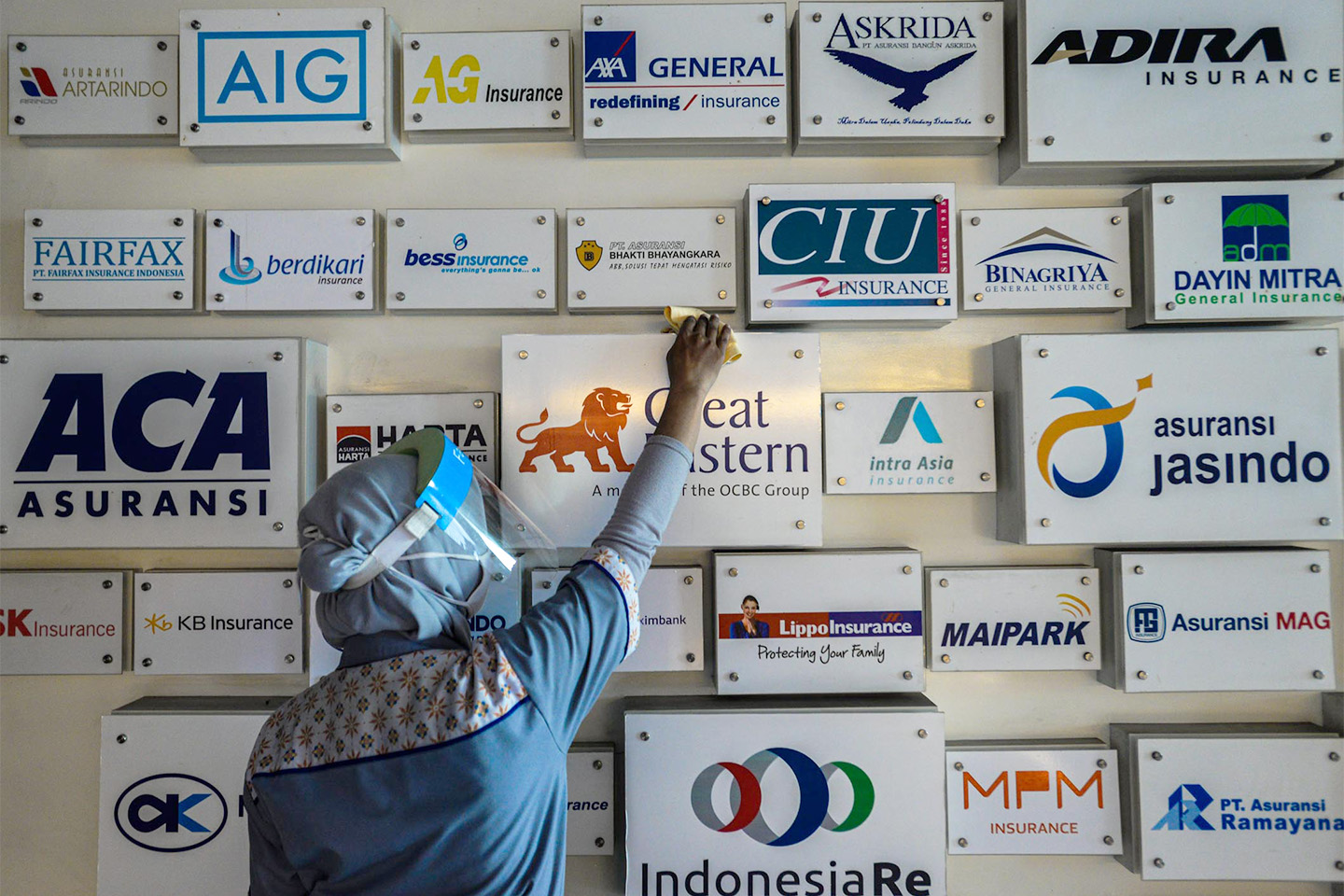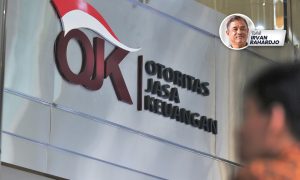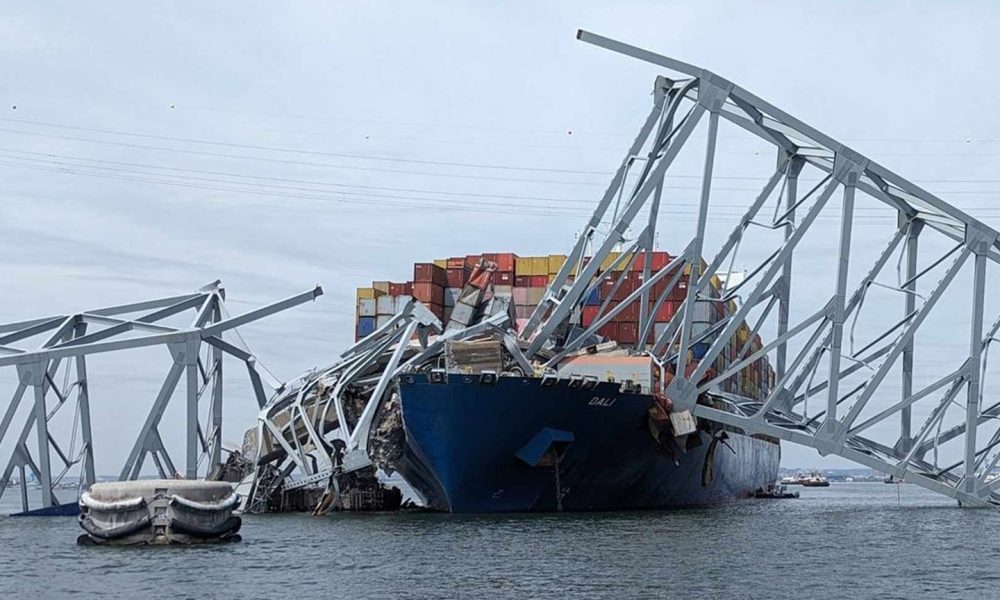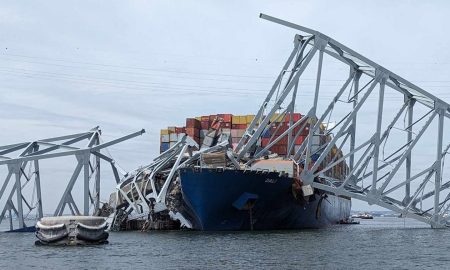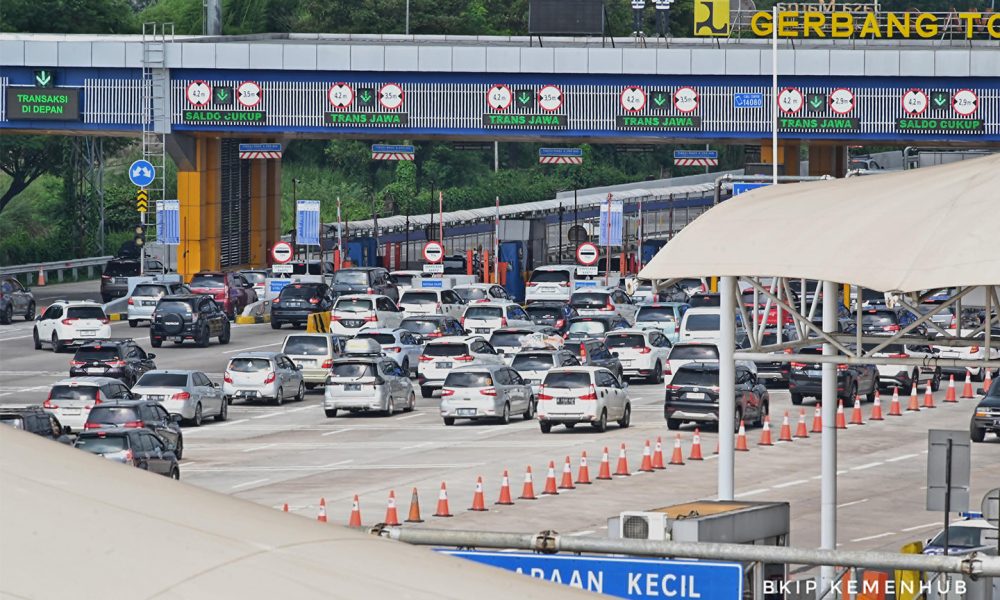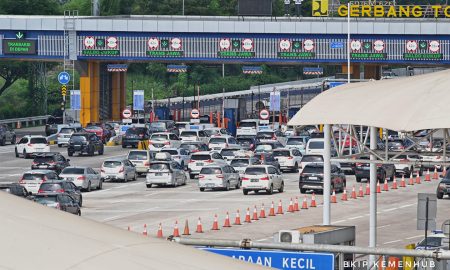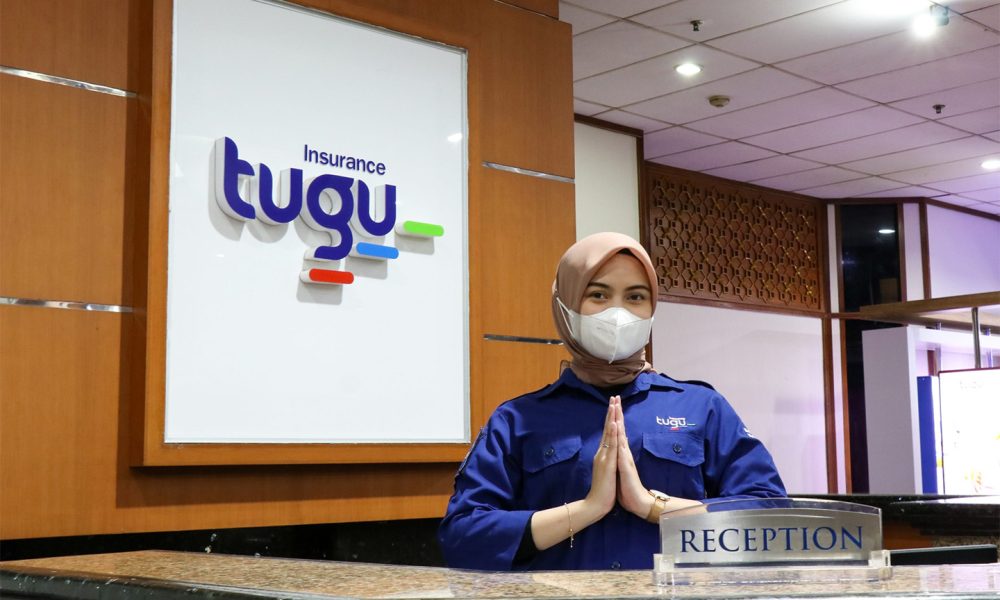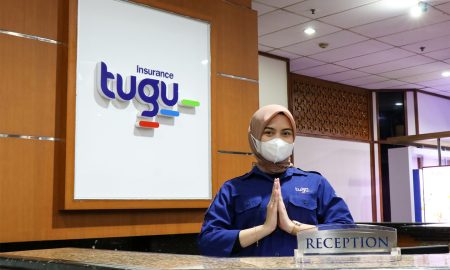Artikel ini ditulis oleh Irvan Rahardjo dan Diah Sofiyanti dalam Harian Investor Daily editorial 9/8/2023 dengan judul “Menimbang Ekspektasi Investor atas Kenaikan Modal Asuransi”
Liga Asuransi – In the era of insurance industry transformation, the Financial Services Authority (OJK) has taken a spotlight-worthy step by proposing an increase in the capital of insurance companies. Despite facing pros and cons from industry players, this capital increase plan underscores OJK’s commitment to fortify the stability and sustainability of the insurance sector.
However, investors’ expectations and shareholders have raised critical questions about the industry’s readiness for change. Considering past policy challenges, will this capital increase bring about sector revitalization or pose a threat to smaller companies’ existence? Let’s delve into the impacts and opportunities behind this strategic move.
OJK plans to introduce regulations classifying insurance companies based on minimum capital, akin to the banking industry’s KBMI. Companies will be categorized into Class 1 and Class 2, with Class 1 allowed to sell complex products, while Class 2 restricted to simpler offerings.
Before classifying capital, OJK is contemplating raising the minimum capital requirements in 2026. Conventional insurance companies will see an increase from Rp 150 billion to Rp 500 billion in 2026 and further to Rp 1 trillion in 2028. Conventional reinsurance companies will rise from Rp 200 billion to Rp 1-2 trillion in 2028. Sharia insurance minimum capital will increase from Rp 50 billion to Rp 250-500 billion in 2028, while Sharia reinsurance companies will rise from Rp 100 billion to Rp 500 billion to Rp 1 trillion in 2028.
According to OJK, capital regulations aim to strengthen the insurance industry’s resilience globally, protect policyholders and the public, make insurance companies’ operations more effective and efficient, and prepare capital buffers to face losses or conservation buffers to avoid harming policyholders. OJK believes that strong capital supports the ongoing viability of insurance companies.
What are the expectations of investors or shareholders regarding the planned increase in insurance capital
Shivani Kela, an insurance analyst at Global Data, states that these regulations will phase out smaller players from the competition, helping larger players with higher capital strengthen their capabilities through consolidation.
According to the GlobalData Insurance Database, 66 insurance entities had premiums of less than Rp 200 billion in 2021, facing high risks of not meeting the increased capital requirements. Additionally, 33 companies with premiums between Rp 200 and 500 billion may struggle to meet the new standards.
Shivani concludes that, despite short-term challenges like hindering R&D activities and reducing technology spending, the capital increase will financially strengthen insurance companies in the long run. Furthermore, it can enhance consumer confidence, leading to higher local premium retention and reduced foreign reinsurance.
Insights from an Insurance Media Survey on Minimum Capital Increase
An insurance media outlet surveyed executives in insurance and reinsurance to gather responses regarding the proposed minimum capital increase in insurance and reinsurance. Results showed that 79.1% of respondents believed it was timely for regulators to implement the capital increase, 20.9% disagreed with the plan, and 65.1% agreed with the proposal to raise the minimum capital for conventional insurance companies to Rp 500 billion within the next three years.
Additional findings revealed that 55.8% of respondents felt the current number of life and general insurance companies was excessive, suggesting a need for consolidation. About 51.2% expressed that it was time to reduce the number of life and general insurance companies, while 48.8% disagreed with reducing the company count. On the flip side, 58.1% of respondents were optimistic about achieving a capital infusion of Rp 500 billion by 2026.
Considering Investor Expectations on Insurance Capital Increase, the Financial Services Authority (OJK) plans to introduce a classification rule for insurance companies based on minimum capital, aligning with banking industry standards. Companies will be categorized into Class 1 and Class 2, where Class 1 can sell complex products, and Class 2 is restricted to simple products.
Before classifying capital, OJK is proposing an increase in minimum capital requirements in 2026. Conventional insurance companies will see an increase from Rp 150 billion to Rp 500 billion in 2026 and further to Rp 1 trillion in 2028. Conventional reinsurance companies will rise from Rp 200 billion to Rp 1-2 trillion in 2028. For Sharia insurance, the minimum capital will increase from Rp 50 billion to Rp 250-500 billion in 2028, while Sharia reinsurance companies will rise from Rp 100 billion to Rp 500 billion to Rp 1 trillion in 2028.
OJK states that capital regulations aim to strengthen the resilience of the insurance industry globally, protect policyholders and the public, make insurance company operations more effective and efficient, and prepare capital buffers to face losses or conservation buffers to avoid harming policyholders. OJK believes that strong capital can support the ongoing viability of insurance companies.
Investor Expectations Regarding Insurance Capital Increase
According to Shivani Kela, an insurance analyst at GlobalData, these regulations will phase out smaller players from the competition and assist larger players with higher capital in strengthening their capabilities through consolidation.
Based on a survey conducted by an insurance media outlet, some respondents expressed agreement with the gradual fulfillment of capital requirements, deemed the magnitude of the capital increase excessive, and doubted the objectivity of the reasons behind insurance industry consolidation. It is essential to note that this media research may carry bias and misleading information as respondents come from insurance brokers and loss assessors, not from insurance companies as shareholders and commissioners who should be more objective respondents.
Nevertheless, to ensure the insurance industry improves and remains robust, capital increase is viewed positively by industry players. However, its implementation should occur after the industry is capable of meeting the implementation of PSAK 74 by 2025.
The reality of increasing capital in insurance companies is no easy task. The history of increasing insurance capital has taken a considerable amount of time. Beginning with Presidential Regulation Number 73 of 1992 on the Implementation of Insurance Business, the minimum capital for non-foreign-owned insurance companies was set at Rp 3 billion for general insurance, Rp 2 billion for life insurance, Rp 10 billion for reinsurance, and Rp 500 million for insurance brokerage. If there is direct foreign participation, the minimum capital is set at least Rp 15 billion; Rp 4.5 billion for life insurance companies.
Subsequently, under Presidential Regulation 63/1999, the minimum capital requirements for new establishments increased to at least Rp 100 billion for insurance companies and Rp 200 billion for reinsurance companies. Through Presidential Regulation 39/2008, the minimum capital for establishing insurance companies was changed to Rp 100 billion, Rp 200 billion for reinsurance companies and Rp 1 billion for insurance brokerage and reinsurance brokerage companies.
However, these regulations could not be met by insurance companies according to the specified stages. Until the issuance of Presidential Regulation 81/2008, where insurance companies were required to have their capital with stages of at least Rp 40 billion by December 31, 2010; Rp 70 billion by December 31, 2012; and Rp 100 billion by December 31, 2014. In other words, since the implementation of capital policy in 1992, it took 22 years for insurance companies to meet these requirements, marked by industry players demonstrating against the Rp 100 billion capital regulation, leading to a legal challenge in the Supreme Court (Frans Wiyono, 2008).
Although insurance industry executives may appear resigned, authorities need to consider the sentiments of insurance shareholders toward the capital increase plan. The combined ratio (the ratio of expenses to gross premium income) for insurance companies has averaged around 130% in recent years, with profits primarily driven by investment returns rather than operational or underwriting gains. A source suggests that at least $1.5 million is needed for the development of systems and training for PSAK 74, in addition to the necessity of hiring a limited number of actuaries, raising actuarial labor costs.
As an alternative, tax incentives are needed to encourage mergers and acquisitions, as seen in the acquisition of several insurance companies by foreign investors in recent years. Furthermore, strengthening best practices with PSAK 74 and governance-based supervision is essential.
Conclusion on the Financial Services Authority’s (OJK) Move to Increase Insurance Capital
The Financial Services Authority’s (OJK) step in the insurance capital increase plan takes center stage in the industry’s transformation. Despite varying opinions from industry participants, this policy marks OJK’s commitment to build a more robust foundation for the insurance sector. Investor and shareholder expectations, while bringing doubts, also create a reflective momentum on the industry’s readiness to face new challenges and opportunities. While the capital increase plan offers long-term stability, its success depends on how well the industry can integrate good corporate governance (GCG), effective underwriting practices, and prudent acquisition cost management. In facing this transformation, there is an open opportunity to strengthen the sector with tax incentives and enhanced best practices. Thus, this strategic move becomes a stage for insurance companies to realize their full potential and deliver more resilient and responsive services to policyholders amid the dynamics of the global business landscape.
—
Artikel ini akan terbit dalam bentuk buku Bangkitnya Asuransi Kami Sambutan Prof Muhammad Edhi Purnawan Anggota Badan Supervisi OJK.Februari 2024 296 halaman + xiv ISBN Penerbit IPB Press
Dapat dipesan melalui ligaasuransi.com
Harga Rp 155.000 + ONGKIR
0811-8507-773 (CALL – WHATSAPP – SMS)




